
to top
29 October 2022 (Saturday)
Hong Kong Time: 9am – 12nn | Online via Zoom Webinar
Presented in Mandarin with simultaneous interpretation in English
The Bei Shan Tang Conservation Seminar Series invites conservation experts and scholars from around the world to share the latest theories, research and trends in conservation, promoting the understanding of culture, ethics and values behind the conservation of Chinese art and artefacts.
As conservation theories and technologies continuously evolve, this seminar aims to revisit the historical development of conservation theories and explore new trends in museum practice that combines conservation science, research, and exhibitions.
Four conservators will engage in dialogue with Dr. Jay XU and Dr. LEI Yong on how museums can cater to the public’s demand for conservation-related exhibitions, expanding the impact of Chinese art in the sphere of public education through promoting conservation science and conservation.
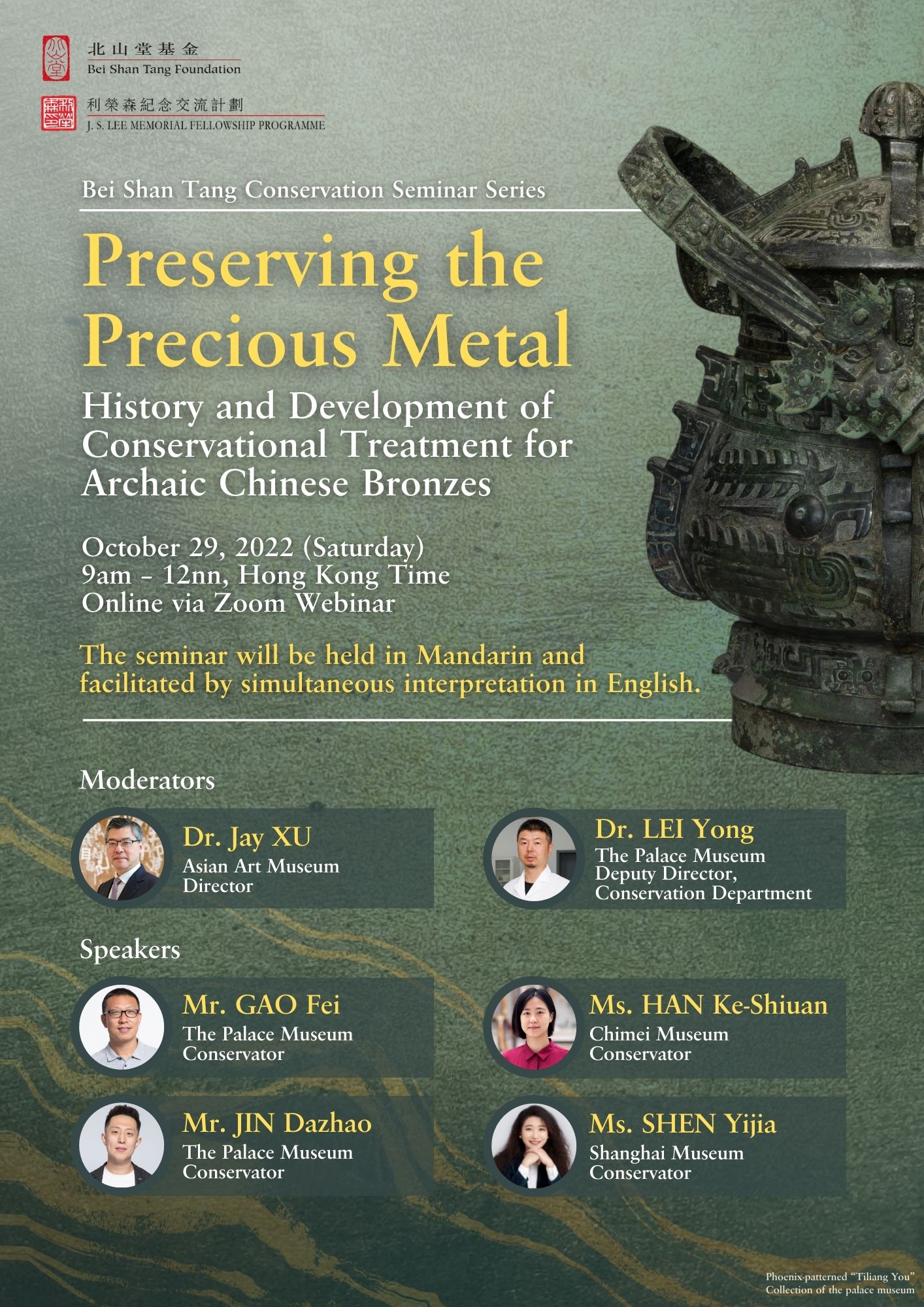
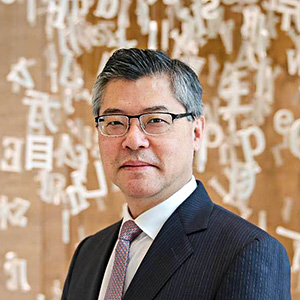
Dr. Jay XU (Moderator)
Director, Asian Art Museum | Fellow of the American Academy of Arts and Science
Dr. Jay XU is the Director of Asian Art Museum, San Francisco and Fellow of the American Academy of Arts and Science. Prior to his current role, he is the Pritzker Chairman of the Department of Asian and Ancient Art at The Art Institute of Chicago. In his earlier stage of museum career, he had also worked in the Shanghai Museum, The Metropolitan Museum of Art and the Seattle Art Museum. His 40 years of museum experience includes fields such as academic research, exhibition planning and curatorial research, collection management and museum management. Dr. Xu received his Ph.D. in Chinese Art and Archaeology from Princeton University, his research focus ranges from collection research on Chinese bronze, painting and calligraphy, and ceramic, to contemporary art, as well as collecting history and museum development.
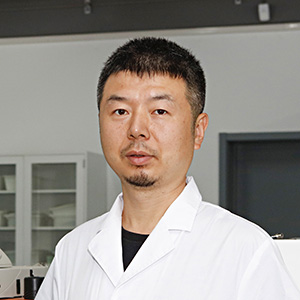
Dr. LEI Yong (Moderator)
Deputy Director and Research Fellow, Conservation Department, The Palace Museum
Dr. Lei Yong is the Deputy Director and Research Fellow at the Conservation Department of The Palace Museum and the Head of Key Laboratory of Conservation for Painting and Calligraphy, overseen by the Ministry of Culture and Tourism. Dr. Lei obtained his B.A. in History from the Northwest University, M.A. in History from Peking University and Ph.D. in Science from the Institute of High Energy Physics at the Chinese Academy of Sciences. Since Dr. Lei joined The Palace Museum in 2004, he has been engaged mainly in the scientific analysis and research on colored paintings, ceramics, lacquerware, and textiles. He is particularly interested in the areas of pigment analysis, organic dye identification and fading studies, micro- and nano-scale analysis of ancient ceramics, and non-invasive analysis of paintings and calligraphy. He has published dozens of papers in domestic and foreign journals and has participated in many international academic conferences.
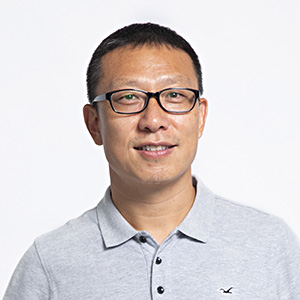
Mr. GAO Fei (Speaker)
Research Fellow, Conservation Department, The Palace Museum
Mr. Gao Fei, Research Fellow at the Conservation Department of The Palace Museum, is responsible for the conservation and restoration of metal artefacts and have completed the research and conservation work for more than 10 ancient bronzes in the museum collection. Mr. Gao combines traditional conservation techniques with modern scientific analysis and promotes the application of 3D printing in the conservation of fragmented ancient bronze artefacts. His work and research findings have been published in SCI journals such as the “Studies in Conservation” and the “Palace Museum Journal”.
Mr. Gao will share on the topic “Study on the Ancient Protection Behaviors of Ancient Bronzes Unearthed from the Tomb of Marquis Haihun in the Western Han Dynasty”, focusing on three bronze collections namely the Western Zhou phoenix-patterned “Tiliang You”, the Eastern Zhou bronze “Fou”, and the Western Han gilt bronze “Zhong”. Mr. Gao will explore the use and subsequent effect of shims in the casting process and the initiation of conservation, and further explain the causes of casting defects in ancient bronzes and the remediation of such defects; the links between casting defects and restoration; and the links between the use of spacers in the casting of ancient bronzes and damage to cultural objects.
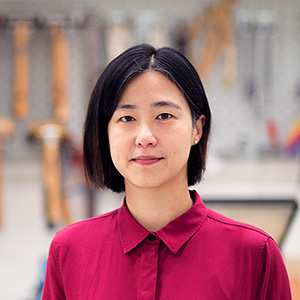
Ms. HAN Ke-shiuan (Speaker)
Conservator, Chimei Museum
Ms. Han Ke-shiuan was the Migelien Gerritzen Fellow at the Rijksmuseum. Ms. Han obtained her Master’s in Science and Professional Doctorate in Metals Conservation from the University of Amsterdam. As the Migelien Gerritzen Fellow, she participated in the design of a bronze identification database, which investigates the traditional Chinese bronze restoration methods and materials, to develop an identification tool to help conservators read the object and better understand the condition. Through the technical research based on the written manuscripts and existing objects combined with the reconstruction of historical treatments, an essential reference behind the tool will be formed to facilitate the decision-making process for the preservation or intervention of Chinese bronzes globally.
Ms. Han will share the topic “Following the Recipe! Interpretation and Reconstruction of Historical Text for Ancient Chinese Bronze Restoration” based on her research and experience in reconstructing the restoration treatments applied to the bronze collections in the Rijksmuseum throughout history, such as re-joining methods, reproduction of missing elements, and patina approximating of corrosion layers and incrustations. She will further explain the importance of understanding historical conservation treatments to promote better conservation treatment planning for artifacts.

Mr. JIN Dazhao (Speaker)
Researcher and Deputy Head of Metal Restoration, Conservation Department, The Palace Museum
Mr. Jin Dazhao is conservator, researcher and deputy head of Metal Restoration and Conservation Group at the Department of Conservation Science of The Palace Museum. He has been taught to restore metals with traditional techniques by a representative of National Intangible Cultural Heritage Master. Meanwhile, he has been devoted to practice modern conservation strategies, reveal inconspicuous values of artefacts and assess the effects of traditional techniques used during conservation processes.
Mr. Jin will share on the topic of “A Case Study on the Manufacturing Technology and Conservation of a Song Dynasty Bronze Phoenix from The Palace Museum’s Collection” and further provide evidences in the historical use of the bronze phoenix in relation with Song Dynasty literati activities based on the research results on its construction and appearance. Mr. Jin will further share on the bronze phoenix manufacturing methods and its compositional analysis results based on scientific analysis. This case study also demonstrates the role of scientific analysis in revealing the craftsmanship and scientific value of artefacts, as well as how scientific analysis techniques help develop conservation plans strategically.
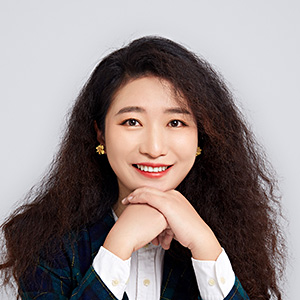
Ms. SHEN Yijia (Speaker)
Conservator, Conservation Center, Shanghai Museum
Ms. Shen Yijia is Conservator at the Conservation Center of Shanghai Museum. She received her Bachelor’s degree in Conservation and Restoration Technology from the University of Tuscia and her Master’s Degree and Professional Qualification in Conservation and Restoration of Ceramics, Metals, Glass, and Organic Objects from the Istituto Superiore per la Conservazione ed il Restauro (now named Istituto Centrale per il Restauro). Ms. Shen’s research interests include the conservation and restoration of bronze artefacts and contemporary art works, as well as exploring eco-friendly conservation materials and methods, and the application of Raman spectroscopy and Scanning Electron Microscope to cultural heritage diagnostic.
Ms. Shen will present on the topic “Exploring the Application of Carbon Fiber Reinforced Polymer in the Restoration of Bronze Artefacts” to introduce the use of carbon fiber reinforced polymer in bronze conservation based on its versatility of use, mechanical properties and material durability.